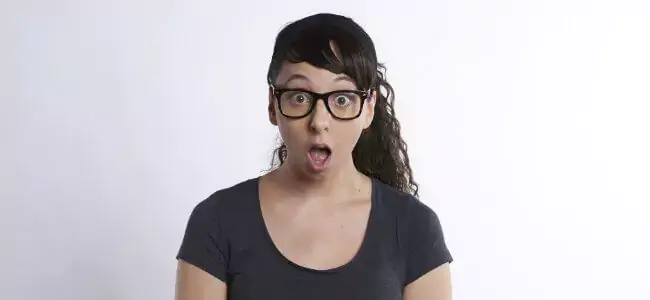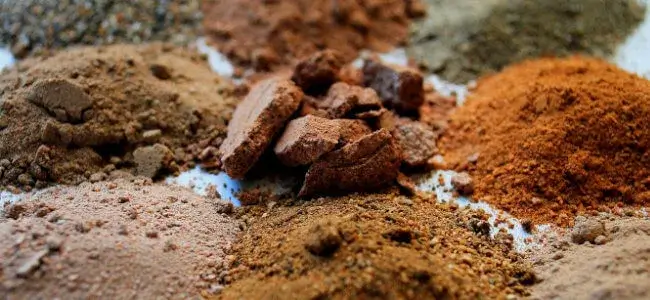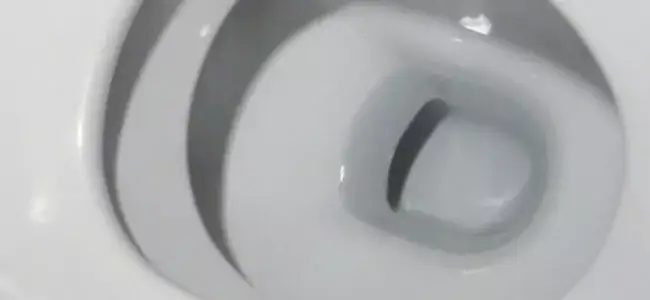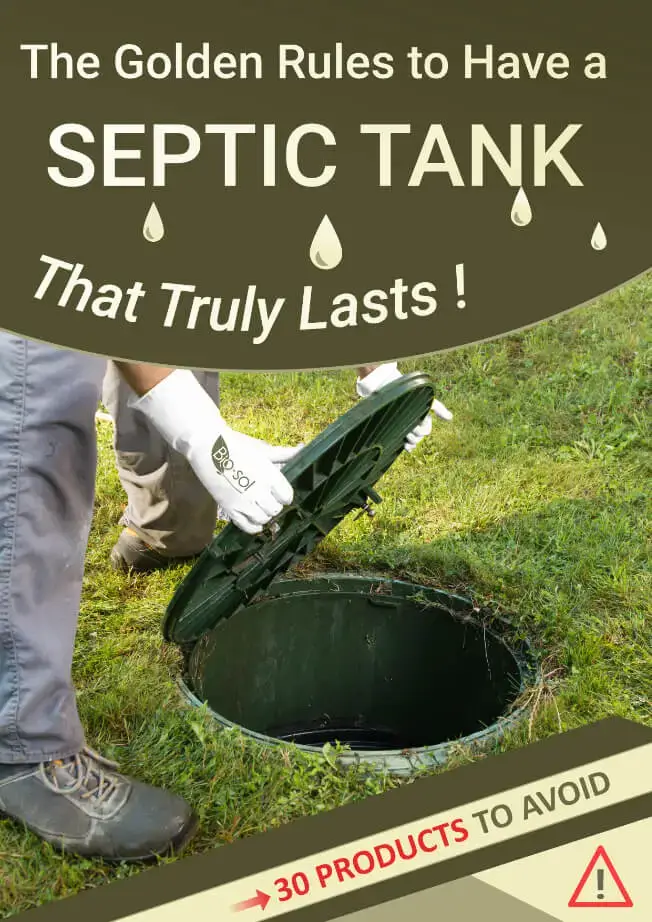What your children should know about the septic systems

TABLE OF CONTENTS
Ever wondered where the water from the sink or toilet goes once it leaves the house through the pipes? Well, there are two main possibilities – it either goes to a sewage treatment facility or into a septic tank. A sewage treatment facility usually receives wastewater from several houses all over your town and then treats it before releasing it back into the environment. If your house is not on the municipal grid, it will use an onsite wastewater treatment otherwise known as a septic tank.
Here are some of the things you should know about your septic system.
How the septic system works
A conventional septic system is made of three main components;
- The tank
- The drain lines
- Drain field
The septic tanks are made from different materials and they come in different sizes. The size of the septic tank that is installed at home usually depends on the size of the house (which is estimated by the number of bedrooms). Wastewater from the house enters the septic tank where bacteria digest the organic waste. In addition, the fats, oils, and grease from the sinks (also referred to as FOG) settle on top of the wastewater to form the scum layer while other solids in the water settle at the bottom of the tank to form the sludge layer. In other words, the waste in the septic tank is made up of three layers – the scum at the top, the sludge at the bottom, and the clear water in between the two. With the help of enzymes, bacteria will not only decompose organic waste but also partially decompose the sludge. This notwithstanding, bacteria cannot breakdown everything in the sludge. More often than note, some of the solids in the sludge aren’t biodegradable. As the sludge continues to accumulate, the tank will get full and this explains why septic tanks need to be pumped frequently (every 2-5 years depending on the law).
The septic tank has a baffle on the discharge side of the tank and this helps to ensure only liquid wastewater from the middle layer passes through into the drainfield. For every new wastewater that enters the septic tank, an equal amount of water is pushed out via the outlet. There is usually a distribution box situated in between the septic tank and the drainfield and the function of this box is to distribute the water evenly in the drainfield. Once the water gets into the drainfield, it trickles out of the pipes through perforated holes and then sips through a layer of gravel before it gets back into the soil. The gravel does the final filtration and bacteria in the drainfield area help by removing any pathogens from the water before it is sent into the soil.
How to help in maintaining the septic system
When not properly maintained, a septic system can fail thereby polluting the environment and exposing the residents of the home to various diseases. This is why it is the responsibility of everyone, including kids, to play their part in maintaining the septic system. Let’s look at some of the things you can do to help.
Playing
Kids should keep away from the area around the septic tank or the drain field area. As tempting as it might be to investigate the vents or the open unused area, it is actually a bad idea to play on the septic tank for two main reasons. Firstly, fatal accidents can happen when kids play near the septic tank. According to news reports, lots of children have actually fallen into septic tanks in the past resulting in serious injury or even death. The second reason why children shouldn’t play near the drainfield is that they might compact the soil over the drainfield area. Compacted soil makes it hard for air to pass through and this means the aerobic bacteria will not function optimally.
Flushing the toilet
Kids should also be advised on what they should flush in the toilets or wash in the sinks. Most of the problems that septic system owners have to deal with are related to the wrong products or even objects that are sent to the septic tank. Broken toys, pieces of plastic or any other object for that matter shouldn’t be flushed in the toilet. Apart from clogging up the pipes, these objects can also lead to failure of the septic system thereby resulting in backups. To prevent kids from giving in to the urge to flush almost anything they get hold of, parents should train them to only flush toilet paper in the toilets.
Hint: Buying and installing toilet locks is an often-overlooked baby proofing step. Most parents ignore this because dealing with the locks is quite cumbersome, especially if you have company. But these locks are a sure way of ensuring the kids don’t shove toys and other objects into the toilet.
Do not throw trash in sinks or toilets
Dumping leftover foods and snacks, paper towels, hygiene products, kitty litter, coffee grounds and any other trash in the toilet or sinks is a bad idea. Most of these products are not biodegradable and they will, therefore, cause sludge buildup. This will necessitate more frequent pumping but in a worst-case scenario, it can result in blockage of the drainfield. All junk and trash should be disposed of in trashcans.
Water usage
Whenever wastewater leaves your house and enters the septic tank, an equal volume of water is displaced and sent into the drainfield. In normal conditions, this is okay because that is how the system is supposed to work. However, when too much water is sent into the septic tank at ago, the wastewater might be forced out of the septic tank prematurely. Wastewater needs enough time in the tank to allow for the settling of FOG and suspended solids and the breaking down of organic waste by bacteria. Sending water out of the tank prematurely means some of the solids might end up in the drainfield thereby resulting in blockages. This is why water should be used wisely.
Is the septic system failing?
If you notice any of the following, it could be an indicator of a septic system that is failing. You can request your parents to investigate it further. The signs of a system that is failing are:
- Sinks and toilets that take too long to drain
- Backed up plumbing
- Gurgling sounds coming from the plumbing
- Sewage odors from the yard and the house
- Water puddles in the yard that are grayish in color
- Grass that is greener and taller in one section of the yard
- Wet and mushy soil even when it hasn’t rained.
Conclusion
Every member of the family, including kids, has a role to play in keeping the septic system healthy. Kids are naturally curious and are always willing to learn new stuff. You can tap into this curiosity to teach them about the septic tank. As long as you explain to them the importance of keeping the septic system safe, they will be happy to play their part. But if you keep them in the dark, their curiosity will have the best of them and they might end up damaging the system or injuring themselves as they investigate.
OUR LATEST BLOG POSTS

Strange facts about septic systems
If you are a septic system owner, you might have heard all manner of myths. For instance, there is a common myth that throwing a dead cat in the septic tank can help rejuvenate bacteria and thereby make the septic tank more effective. But is this even true? In this article, we will not only answer that […]

Soils types and their impact on septic systems
SOILS TYPES AND THEIR IMPACT ON SEPTIC SYSTEMS However good your septic system is, it depends on the right soil type to complete the process of purifying the wastewater from your home. The soil type in the drainfield area will determine how well the effluent is filtered and if the water that is sent back to the […]

Avoid flushing these if you have a septic tank
Most homeowners wrongfully assume that their toilet can serve as some sort of garbage disposal. As a result, they end up flushing all manner of things in the toilets. Some of the things that are flushed down the toilet are actually innocent mistakes because homeowners think that is the right way to dispose of the products while in other cases, it is just a don’t care attitude. Whichever the case may be, flushing some of these things can result in septic system failure and it could cost you a fortune. We have rounded up some of the commonly-flushed products that you should never flush if you have a septic system.
PERFECT! I WOULD NEED...
Discover which products are the best for your needs!You can contact us at 1-800-378-6132 (toll free) or click on the following button to access our free online evaluation.
GET A QUOTE ONLINELog in to your account
Whoops! It happens sometimes...
CREATE A NEW ACCOUNT
CONGRATS!
You are now registered and ready to go. You can add and change any of your information on your client profile.
Unfortunately, we do not ship our products to the USA at the moment.
But, if you live in the United States and would like to order them, please fill in the form below. You will then be notified as soon as they are available in your country.
Thank you for your understanding!
Malheureusement, nous n’expédions pas nos produits en France pour le moment.
Mais, si vous êtes résident français et aimeriez les commander, remplissez s’il vous plaît le formulaire ci-dessous. Nous pourrons ainsi vous aviser aussitôt qu’ils seront disponibles dans votre pays.
Merci de votre compréhension!

-
30 products to avoid
-
What to replace them with
-
And everything you should know about your septic system
DOWNLOAD THIS FREE EBOOK!
Which email address should we send it to?


